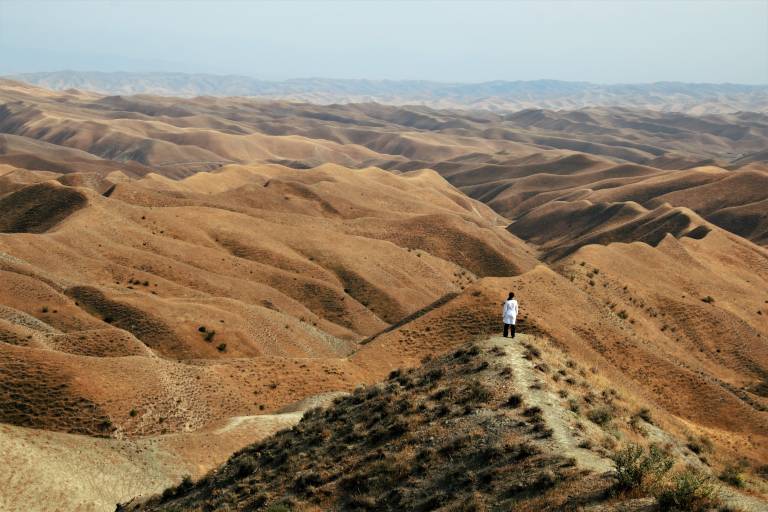First evidence of pleistocene hominin occupations in the NE of the Iranian plateau
13 February 2024
As an intermediate region between the Central Iranian Plateau and Central Asia, the northeast of Iran was at the heart of Pleistocene populations’ movements between both regions. The Paleolithic survey conducted in the Jovin-Joghatai plain permitted to identify six sites.

As an intermediate region between the Central Iranian Plateau and Central Asia, the northeast of Iran was at the heart of Pleistocene populations’ movements between both regions. The Paleolithic survey conducted in the Jovin-Joghatai plain permitted to identify six sites. In this paper, these newfound sites are introduced and the raw material sources used at them are analyzed through petrographic tests before putting their surface assemblages into the context of the Paleolithic eastern Iran. The paper results in the identification of two sites characterized by the so-called pebble-tools. Notwithstanding some slight differences, the assemblages seem to be closed to those from the Paleolithic sites of northeast Iran, such as Abarvan in Kashafrud and Mushan Tepeh in Neyshabur as well as Kuldara in Tajikistan. On the other hand, they display disparities with the lithic industries of western Turkmenistan, Yangadja site as well as Dagh Jazireh in eastern Iran. The remaining four sites are attributable to the Middle Paleolithic on account of their affinities with centers in Central Asia such as Teshik-Tash in Uzbekistan, and Jahan Abad, Damghani, and Kalat-eShur in eastern Iran as well as the Mirak complex in the central plateau. Yet, no significant correlations seem to exist between the Middle Paleolithic industries of the Jovin-Joghatai plain and those of Kiaram and Khunik caves in eastern Iran.
Azita Mirzaye, Ali Sadraei
 Close
Close

